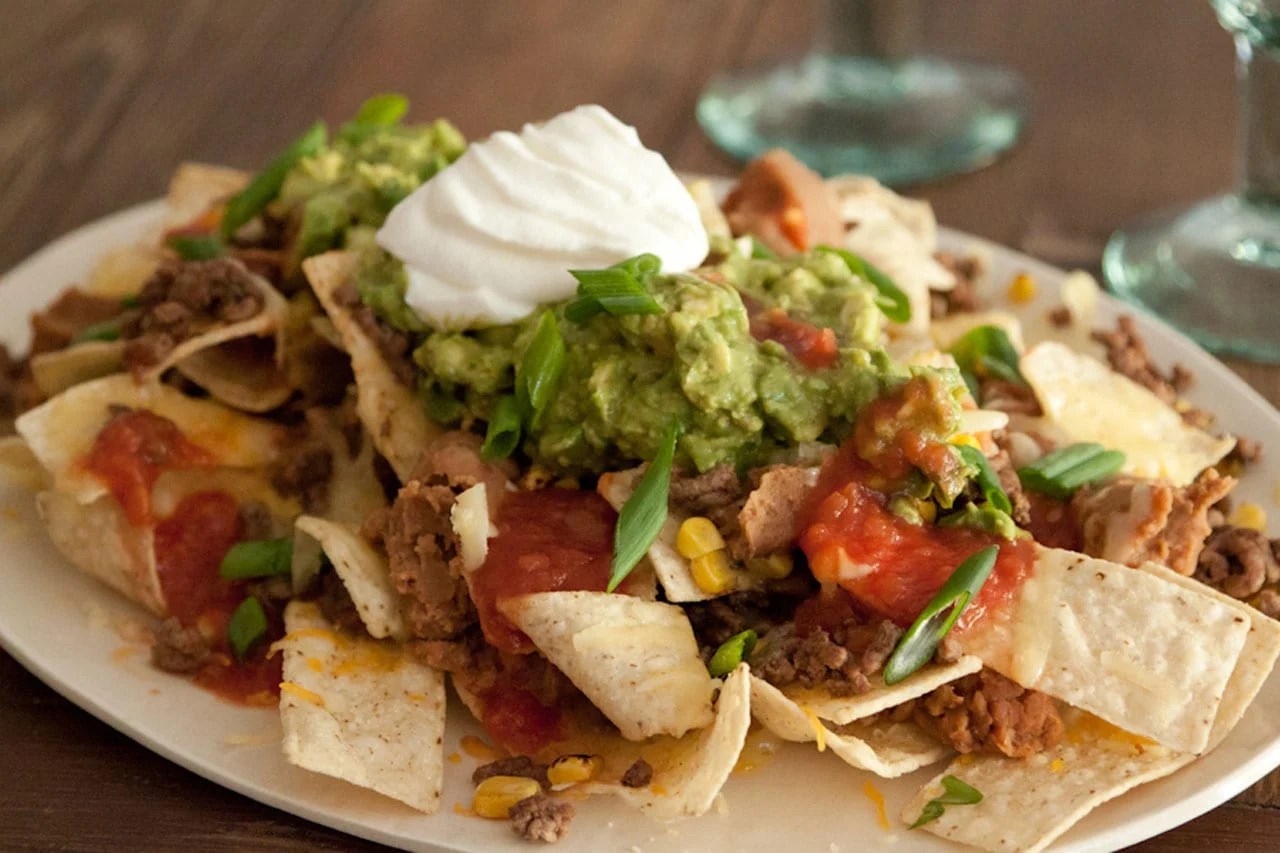Every year in January gyms across the nation become filled with new and enthusiastic people attempting to accomplish their new year’s resolution to lose weight. People start by joining and maybe even get a coaching session or the latest weight loss supplement but by February already start to drop off from the gym. While training a client and seeing the influx of people at a normally non-peak time, we discussed what it would actually take to make people successful with their weight loss goals. Together we came up with the 3 W’s for weight loss; water, weightlifting and willpower. If people were to follow these simple rules they would significantly increase their chances of achieving their goals.
As much as 75% of Americans are considered to be chronically dehydrated, and water use is one of the most underutilized tools in weight loss. Our bodies are composed of 60% water and our muscle tissues are 75% water! Water is necessary in the uptake of nutrients and minerals into our cells and studies have been shown that just by drinking 2 glasses of water before breakfast, lunch, and dinner has shown that people eat less. Incorporating more water in the diet is essential for success. A good starting point for water consumption is to take your body weight (lbs) and drink half of that number in ounces. So a 200lb person would drink approximately 100oz of water a day. The added benefit of this is that you will have to use the restroom on a relatively consistent basis which will also get you up from your work desk and get you moving and burning more calories.
Weightlifting is the second W for realizing your weight loss goals. People still fail to realize that lifting weights actually burns more calories than running steady state cardio. When Penn State researchers put dieters into three groups—no exercise, aerobic exercise only, or aerobic exercise and weight training—they all lost around 21 pounds, but the lifters shed six more pounds of fat than those who didn’t pump iron. Why? The lifters’ loss was almost pure fat; the others lost fat and muscle. Muscle loss may drop your scale weight, but it doesn’t improve your reflection in the mirror and it makes you more likely to gain back the flab you lost.
The hardest W to stay focused is willpower: The American Psychological Association calls willpower “the ability to resist short-term temptations in order to meet long-term goals.” Ultimately its hard work to lose weight and only you can resist foods that will hinder your progress, but here are several techniques to combat temptation when it arises. Set short and long-term goals to keep you motivated. It can be hard to see yourself progressing; setting short-term goals constantly allows you to see the progress within reach. It’s also important to keep track of all of the short-term goals you are achieving, whether it’s in a journal or on your computer. If you keep a list of everything you have achieved, it is a constant reminder that you do have the power to achieve your goals. If dieting is a struggle, try some of these tricks:
Keep healthy snacks on you when you feel the urge to eat, so if your blood sugar drops and you get hungry you can fill up on healthy choices. Another idea is to eat off a smaller plate, according to Cornell research, people who eat off of six-inch plates think they’re eating about 18 percent more food than they actually are. The ability to control willpower will be one of the single greatest factors to accomplish long-term success.
The 3 W’s are a simple approach to making 2015 a healthier year. By drinking water, lifting weights, and starting with a plan for willpower should set your year for great results.

















